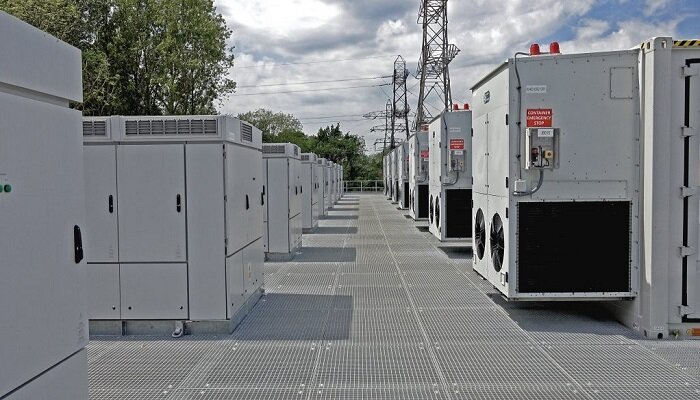Energy storage expansion slowed in the US in Q1 2023 despite an increase in the number of future projects. Capacity additions in the first quarter dropped by 55% compared to the previous year, reaching 422 MW across 22 sites. This represents the slowest growth in battery storage in two years. Furthermore, energy storage deployments decreased by nearly 60% compared to the fourth quarter of 2022, marking the second consecutive quarter of decline in large-scale energy storage additions in the country.
The surging demand for lithium-ion batteries has led to scarcities of lithium and other crucial commodities like nickel, copper, cobalt, and aluminum. The price of lithium carbonate increased significantly from around $12,000 per ton in March 2021 to $78,000 per ton in March 2022. While lithium prices stabilized to some extent during 2022, they began rising again by the end of the year.
The shortage and pricing uncertainties have impacted large-scale battery energy storage system (BESS) projects, with lead times stretching up to a year for large-capacity orders. Manufacturers have started using indexed pricing strategies to mitigate pricing risks since early 2022.
By the end of 2022, North America became the leading market for upcoming battery cell manufacturing plants, experiencing rapid growth fueled by incentives from the US Inflation Reduction Act. On the other hand, Europe faced delays and cancellations of production facilities due to high energy prices and more attractive policies from other regional markets.
The expansion of the energy storage system market is expected to lead to increased market fragmentation, enabling the growth of second and third-tier suppliers who are unable to meet the scale required for the electric vehicle market. The largest completed projects in the first quarter were two stand-alone projects of approximately 100 MW each in Mission, Texas. Currently, about 8.3 GW of capacity is under construction or in advanced stages of development, indicating the potential for strong growth in 2023 compared to the 4.45 GW added last year.
There are approximately 21 GW of planned additions with completion dates in 2023. However, based on the completion rates observed in 2022, it is likely that less than half of that capacity will be operational this year. Between 2023 and 2027, there are plans to add about 92 GW of energy storage resources in the US, excluding pumped storage hydro, compared to the 10.7 GW operating in the first quarter of this year.
Developers in California have played a significant role in the growth of the five-year energy storage pipeline, which has expanded by around 30 GW since mid-February. California takes the lead in terms of both planned and operational energy storage resources, with 5.2 GW currently operating and a staggering 40 GW in the pipeline. Texas follows in second place, with nearly 2.6 GW already in operation and close to 31 GW planned. Additionally, Arizona, Nevada, and New York have plans for substantial multi-gigawatt additions in the near future.





































